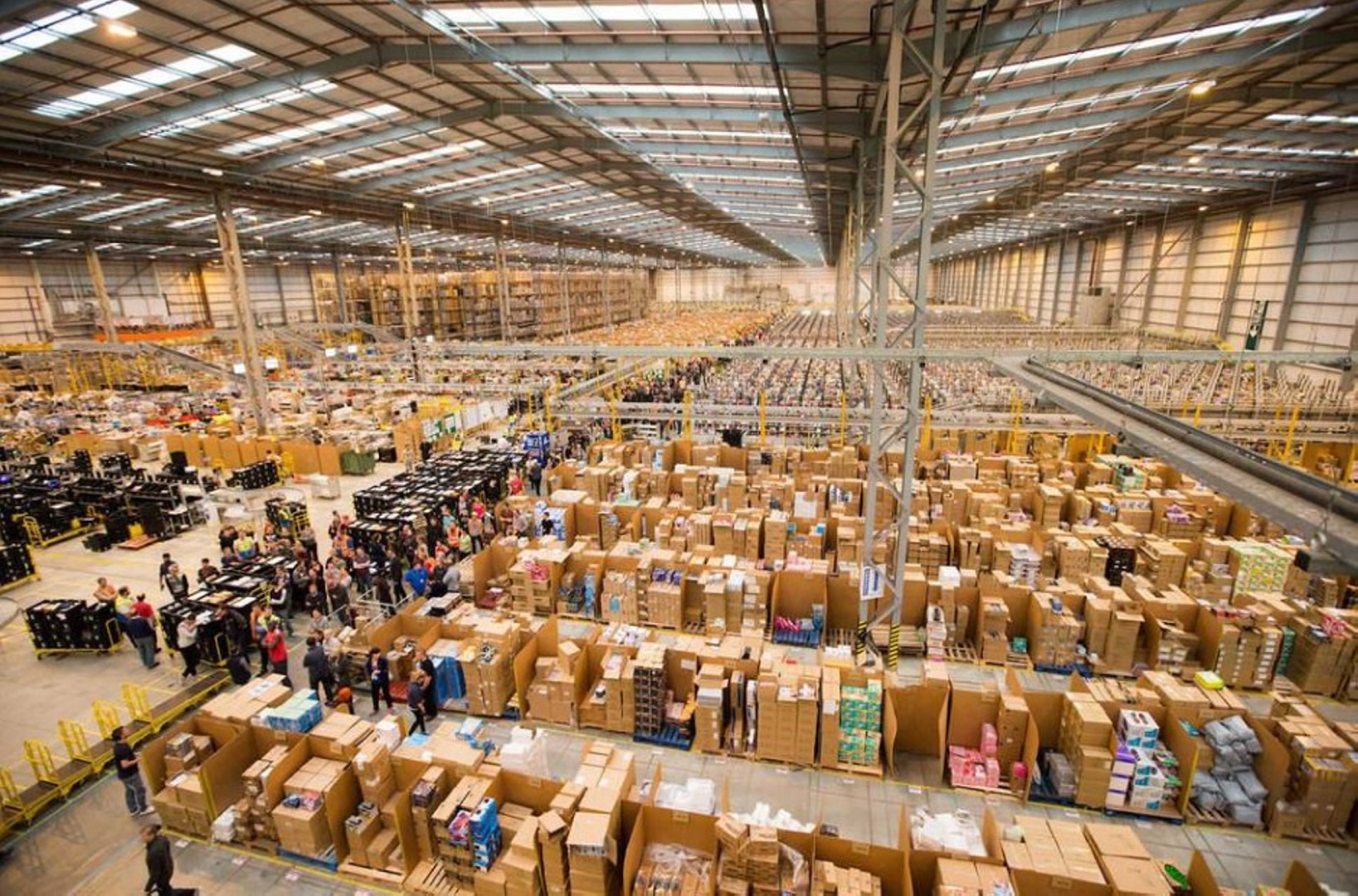The harsh work culture allegations about Amazon that has come up in multiple headlines in recent years is depressing to read about and unjustifiable even if one is a fan of Amazon as a brand.

What did the allegations claim?
One of the most prominent attacks on Amazon’s work culture came from a scathing piece in the New York Times back in 2015. The piece alleged that employees were told that if they “hit the wall,” the only solution was to “climb the wall.” The article claimed that employees were expected to stay late, attend long meetings designed to force employees to tear apart one other’s ideas and respond to emails as late as midnight.
There were the allegations that the company had a policy that encouraged employees to send anonymous feedback to supervisors as a way to sabotage one other and ruthlessly climb the corporate ladder.
ALSO READ: Workplace Flexibility Is Singapore’s Secret For Acing The Startup Race
More recently, a New York Post story reported on the undercover investigator and author James Bloodworth’s attempts to infiltrate an Amazon Warehouse in Rugeley, Staffordshire, in the U.K. The piece alleged that people just peed in bottles because they lived in fear of being disciplined over ‘idle time’ and losing their jobs just because they needed the loo. The warehouse was almost like a prison.
An independent survey originally published by Organise.org validated the findings of Bloodworth’s findings.
How much of it is true?
Amazon has addressed many of these concerns directly, acknowledging public concerns and, in many cases, dismissing or denying the claims.

Amazon alleged that the New York Times did not conduct the proper fact-checking and resource-vetting that would have been necessary to consider these claims legitimate.
In response to author Bloodworth’s undercover reporting and the Organise.org survey, Amazon reportedly said,
“We have not been provided with confirmation that the people who completed the survey worked at Amazon and we don’t recognize these allegations as an accurate portrayal of activities in our buildings.”
Amazon frequently offers public tours of fulfillment centers but does acknowledge that it sets performance targets for employee performance.
But what can one learn from these?
Although, it is not clear if Amazon’s alleged brutal work culture applies to both high-level and low-level employees, there are some important things that one can learn from this.
- Company culture matters not only to the employees working for you but to outside observers wondering what ethical ground the company stands on. Treating the employees poorly will attract negative press.
- People look for a reason to mistrust corporations and find out mistakes with them. In other words, even small slights or injustices could be magnified to disrupt the already-delicate relationship that one shares with the customers.
- Finally, remember that virtually everything is up for public scrutiny. The employees may be made to sign a non-disclosure agreement (NDA) or keep the email servers on lockdown, but an ex-employee with a bad experience might still opt to anonymously report on the conditions of the workplace. Therefore one should not only avoid deliberate and egregious violations of employee rights but also look to see how the actions and policies might be perceived (or misconstrued) by others.
Often, if steps are taken at the right time, the company is saved from any unnecessary bad reputation.
ALSO READ: 2 Companies, 2 Viewpoints: Here’s How Amazon & Ola Reacted To Haters









